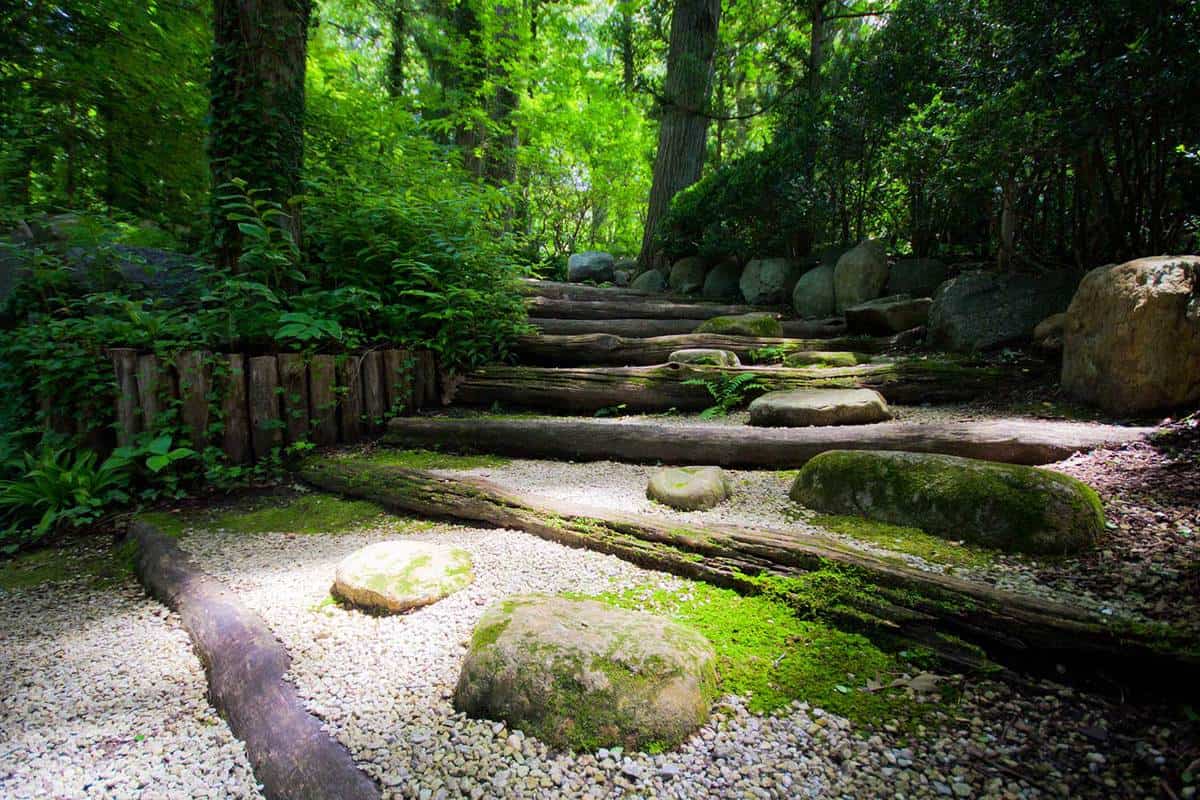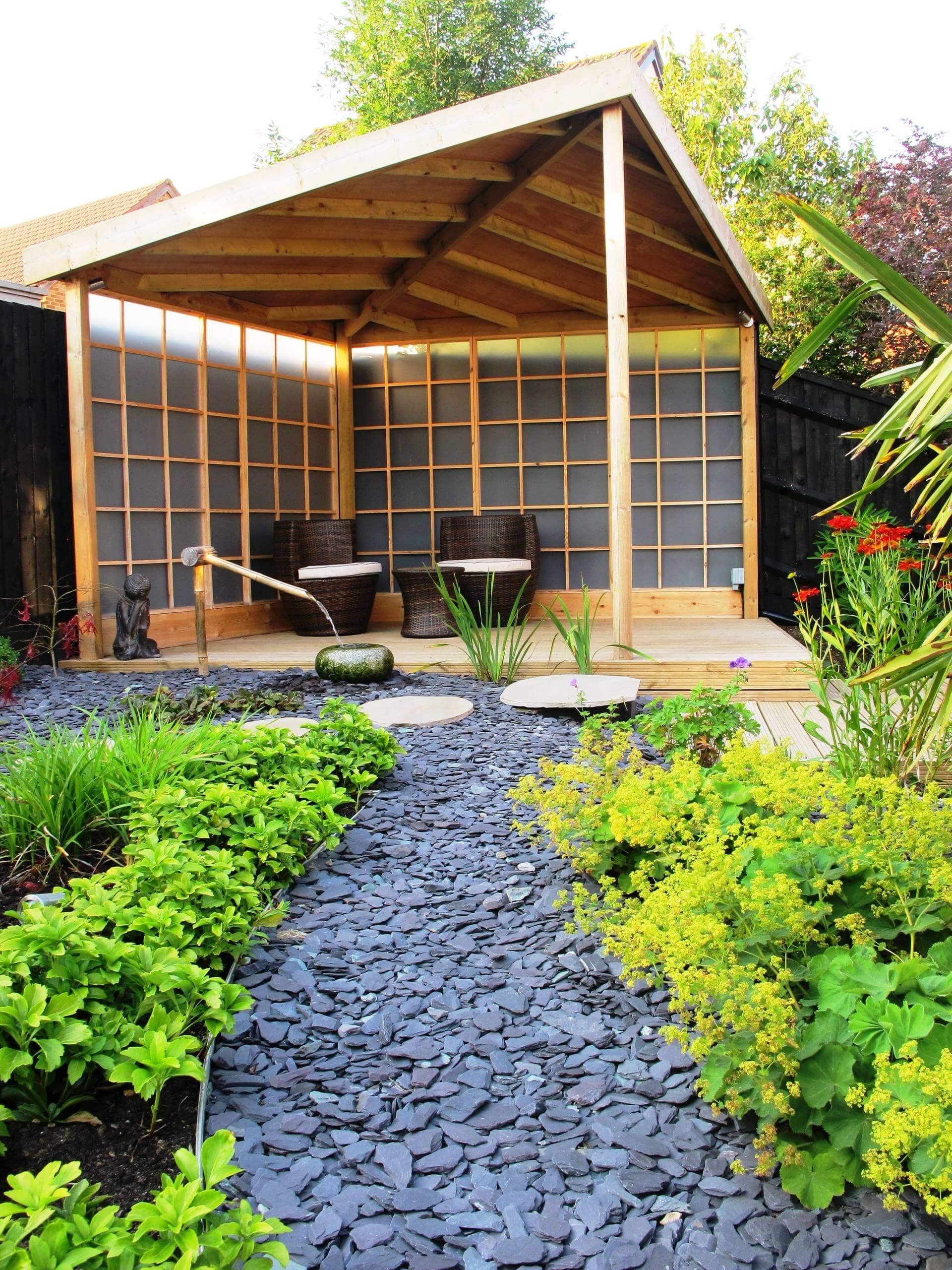
Related: Backyard Zen Garden Ideas | Types of Gardens | Garden Step Ideas | Plant Garden Ideas | Japanese Garden Ideas History of the Zen Gardenīefore these types of gardens were referred to as Japanese Rock Gardens, they began their existence as Japanese Zen Gardens.
#Zen gardens how to#
Today I wanted to share with you the history of traditional Japanese Zen Gardens, how this practice has adapted into what it is now, and how to create one in your own outdoor space. But still, whenever I see that beautiful little square of precious stones and soothing sand, I am inspired to meditate or to simply take a moment to breathe intently.

My personal Zen Rock Garden is in my living room and is only the size of a coffee table. The incredible thing about rock gardens is that they can be made in any size. If we’re going to get weird about it, why not create something that brings us peace and tranquility? Spending so much time inside results in getting real creative with DIY projects and other ways to fill the time. We could all use a little more zen in our lives, especially nowadays. Always remember that a Zen garden is a contemplation garden, a space to meditate, to reflect inwards and act outwards.Here is everything you need to know about zen gardens, how to create your own and a list of various different elements that you can add to improve it. Stacked stones signify the practice of patience and a physical effort of creating balance. Being a natural material they are also seen as a gesture of strength and power. Mark explains that the rocks represent mountains, but they can also symbolize the figure of Buddha. Lush leafy greenery, white flowers and silver, grey foliage are your friend, and tall sculptural plants will add height and work well in groups. Marcus Eyles says that when planning the space, you should look to create a neat, organised structure with simple planting schemes, choosing neutral, natural colours. Bamboo can be used as a back drop, which will gently sway in the wind causing the stems to knock together gently like a natural wind chime.' 'If the gravel represents a river then the rocks are reminiscent of mountains, waterfalls and islands. 'Of course, rocks play a big part and these setting stones need to be positioned correctly for balance,' says Mark. Alternatively, you can use ‘mind your own business’ plant or Soleirolia soleirolii, which forms neat mounds. This can be used to create hills in undulating forms,' Mark adds. 'The fields and woodlands are comprised of moss (Heath pearlwort moss or Sagina subulata 'Pine Green'). Think about creating a landscape but in miniature. 'Gravel that can be shaped and contoured using a rake is a big part of this style of gardening. 'There are some key features to include in a Zen garden,' says Mark Lane. 'Make sure you create at least a small place to sit and reflect, perhaps surround by your bamboo, with a view of your water feature.' How do you make a zen garden from scratch? 'A wide range of studies show that meditation can have positive effects (opens in new tab) for everyone' says Melanie Hick. And there's no reason why your garden can't offer a similarly peaceful place for our own meditation and wellbeing. Traditional Zen gardens were designed to help monks to meditate and reflect. (Image credit: Future PLC/Simon Whitmore) Plant bamboo in planters and pots for a lovely swishing sound.' 4. 'Bamboo is an ideal plant for a Zen garden, but it suckers and runs and can ruin paving.

Top Tip: 'Don't plant bamboo in the ground,' advises garden designer Melanie (opens in new tab) Hick (opens in new tab). 'Plants such as Bamboo (Arundinaria), can be used around to frame the outside edges of gardens or to add some extra privacy and create zones or areas within a space,' suggests Horticultural Director at Dobbies (opens in new tab), Marcus Eyles. Alternatively, you could add architectural foliage to make your space feel more secluded. For easy garden shade ideas, consider screening off the area with some carefully pruned shrubs and trees, or hard landscaping.Ī simple timber trellis, panels, a pergola, or an umbrella would also work well. If you’re overlooked by neighbours or have a south-facing garden, there are permanent or temporary solutions you can try to give your garden more shade and privacy. Traditionally, zen gardens are surrounded by walls and buildings.


 0 kommentar(er)
0 kommentar(er)
